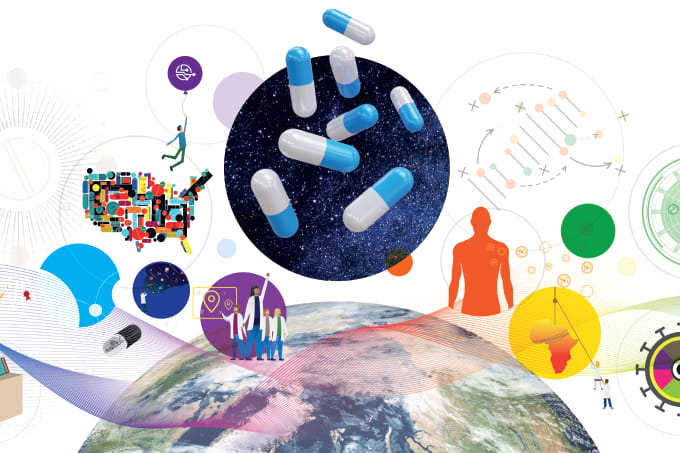In last year’s cell and gene therapy supplement, we discussed the problems of handling living, breathing cells in transit. We found that the individuals involved in handovers must understand that they may be dealing with a patient’s last chance for life – “one mishap could mean a gravely ill patient missing their treatment,” as Matthew Lakelin from TrakCel put it.
There are a number of challenges facing the field in 2020: developing new therapies with manufacturing in mind, managing public expectations, understanding changing regulatory frameworks, and finding investors who understand the importance of manufacturing in the value of a therapy. The two words that link these challenges with those identified in last year’s supplement? People and knowledge.
It is remarkable to see the number of active cell and gene therapy clinical trials reach quadruple figures in 2018 – double the number in 2015 (1). But it is becoming clear that to translate clinical promise into real patient benefit, the industry must address the “goldrush on talent” described by Bruce Levine.
The industry needs more experienced workers at various levels – from lab technicians and manufacturing operators through to investors and business leaders. The International Society for Cell and Gene Therapy (ISCT) has put together a range of proposals to help address the talent gap, including mentoring programs, training courses and public education programs. To discover what’s needed to move the advanced therapy field to the next level, we speak to four ISCT experts, spanning the breadth of the industry as part of this year’s supplement.
Elsewhere, we find discuss the challenges facing gene therapy manufacturing and how the Cell and Gene Therapy Catapult has helped build a British success story.

References
- Alliance for Regenerative Medicine, “Q3 2019 Data Report” (2019). Available at: https://bit.ly/2KVyHFp. Last accessed November 26, 2019.




